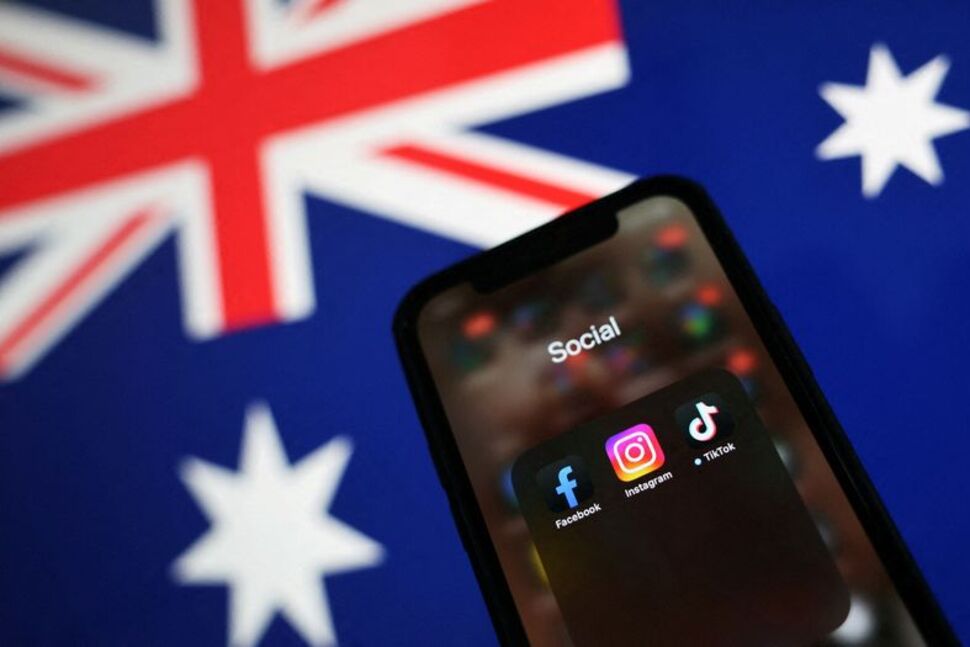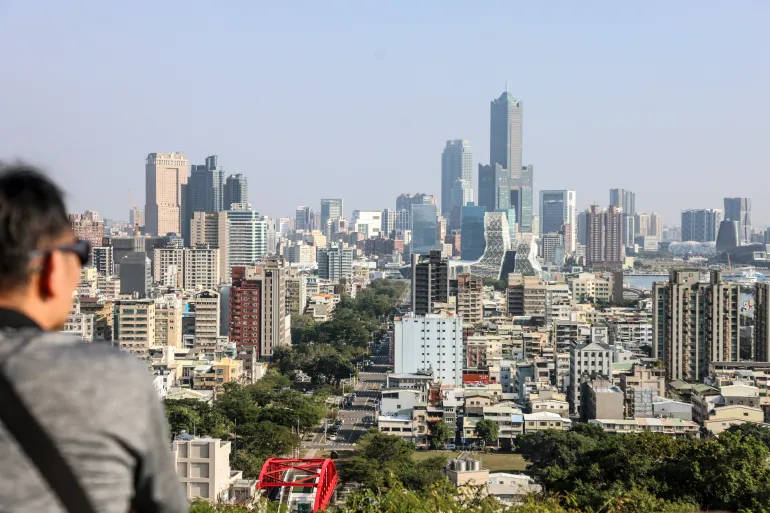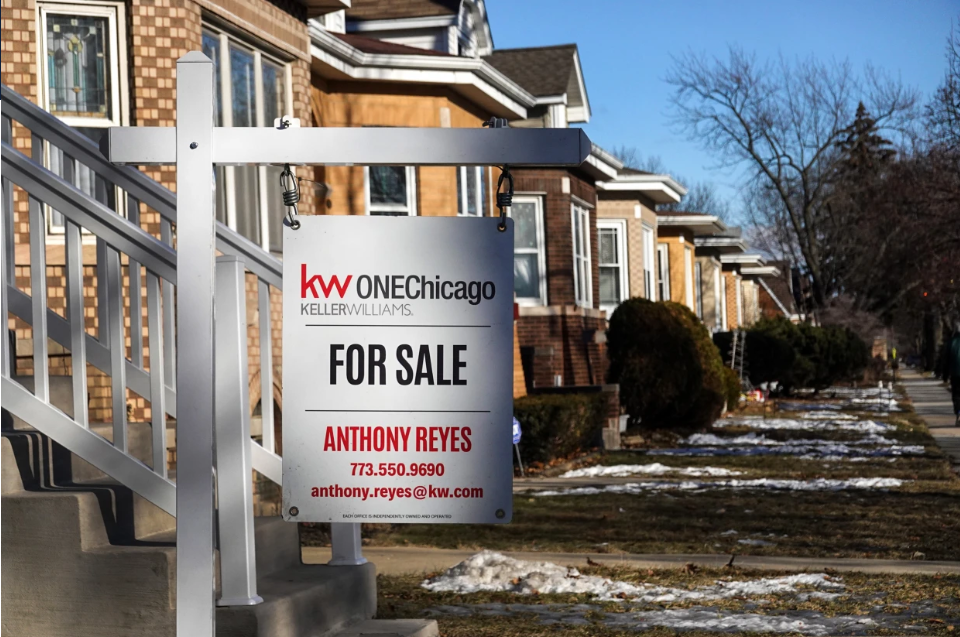Inflation just sent up a flare. US wholesale prices spiked in July at the fastest pace since mid-2022, adding fresh fuel to fears that price pressures could be creeping back into the economy.
The Producer Price Index — which tracks what businesses pay each other for goods and services before prices hit consumers — jumped 0.9% from June. That’s more than four times what economists expected. Year-over-year, PPI rose 3.3%, the biggest annual gain since February.
Most of the heat came from the services sector, where costs climbed 1.1% — the largest jump in over two years. A big chunk of that came from rising profit margins for equipment and machinery wholesalers, along with sharp gains in portfolio management fees and airline prices. Goods prices rose a more modest 0.7%, but fresh veggies stole the spotlight with a 38.9% surge.
Economists say President Trump’s sweeping import tariffs are starting to bite. So far, many companies have been absorbing the extra costs instead of passing them to customers, but that could change — and quickly.
“It’s only a matter of time before producers pass their higher tariff-related costs onto inflation-weary consumers,” warned Chris Rupkey, chief economist at FwdBonds.
On the goods side, agricultural products saw double-digit price jumps, with Mexican produce tariffs “coming home to roost,” according to Joe Brusuelas, chief economist at RSM US.
The hotter-than-expected print immediately trimmed market bets on a September interest rate cut by the Federal Reserve. Core PPI, which strips out food and energy, also rose 0.9% for the month and 3.7% over the year — well above the Fed’s 2% comfort zone.
“The spike in PPI shows inflation is still coursing through the economy, even if consumers haven’t felt the full impact yet,” said Chris Zaccarelli of Northlight Asset Management.
The data drop comes amid turbulence at the Bureau of Labor Statistics, which compiles the inflation numbers. Earlier this month, Trump fired the agency’s commissioner after a weak jobs report and nominated E.J. Antoni, a Heritage Foundation economist and BLS critic, to take over. Cuts to the bureau’s budget have already forced it to drop 350 price categories from the PPI.
Wholesale prices are an early warning system — if they stay hot, consumer prices usually follow. With tariffs, supply costs, and service margins all climbing, shoppers could soon be footing more of the bill.
CNBC, CNN, Axios, and the Associated Press contributed to this report.









The latest news in your social feeds
Subscribe to our social media platforms to stay tuned